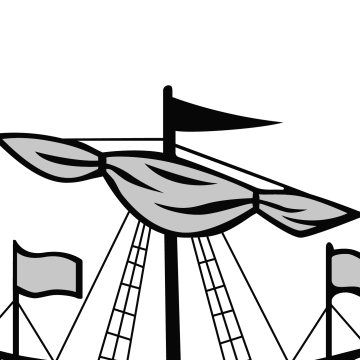
My focus throughout the time I was there was on school construction and employing fighting aged males. The area I was in already had two schools located in it, neither was open. The security in the area was not very good and as a result teachers and students alike would not attend school in fear of insurgent attacks. As a result I focussed on what conditions would be required in order to reopen a school and have students attend. As a result a second outpost was opened in an effort to restrict the insurgent’s ability to move in the area. The secondary outpost affected the area by reducing attacks and improving security. When the Americans took over the AOR they were building a permanent check point for the Aghan Army and talks were in place about reopening the school co-located with the check point. Employing fighting age males was a large initiative I focussed on. Many of the low level insurgents are simply motivated by the need to earn a living and the bottom line is the Taliban pay a salary and incentives for successful attacks. Creating employment is a way of reducing the fighting force for the insurgents. Employment is created by creating construction projects such as digging out an irrigation canals and hiring locals.
The other areas I focussed on the region were improving the local governance and the security of the region. The governance was the most challenging aspect of the tour. My AOR consisted of 14 villages ranging from 20-300 residents. Each having a Malik (mayor) and the cluster of villages had a cluster leader. The problem was because the security was not good in the area the majority of the Maliks and the cluster leader had moved away. Over several meetings with the Cluster leader I did not believe he was going to help get the region on track as he was dragging his feet on all issues. As a result I approached the cluster leader from the next region over and asked him to essentially absorb my region and help me get either the Maliks to come back and run their villages or have the villagers appoint a new leader. By the end of the tour we had two Maliks come back, with the most of the villages appointing elders to help run day to day operations of the villages. Of the 14 villages five villages did not participate in the four meetings we held. Security provided different challenges. The primary threat in the AOR my platoon was located in was the improvised explosive device (IED). Our platoon over the course of the tour had successfully located and disposed of over 40 IEDs. We were fairly successful at disrupting the insurgent network operating in our region. This included finding weapons caches, IED caches, and disrupting the personnel within the network.
Overall working with CIMIC was a great experience and a lot of good was done for the Afghan people by CIMIC, the Canadian battle group, and ISAF.












